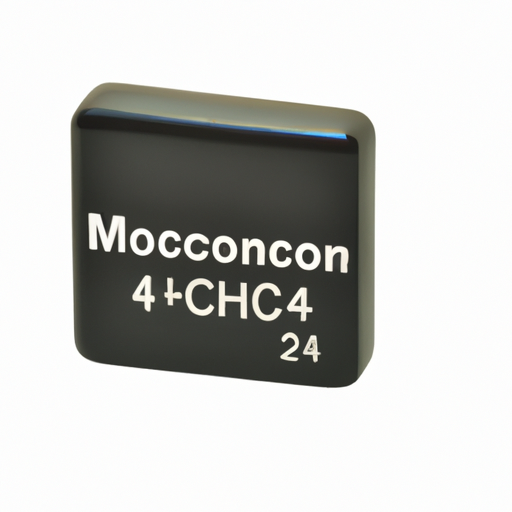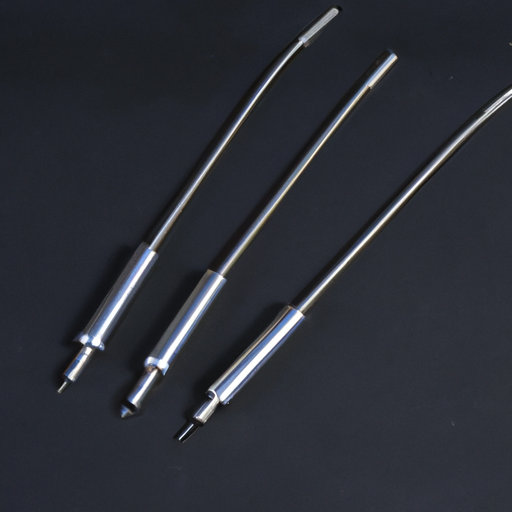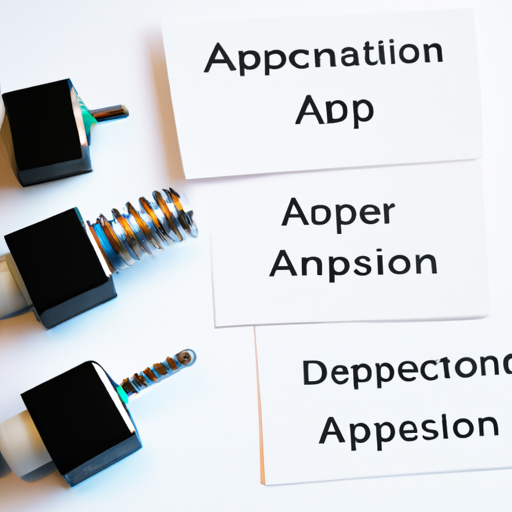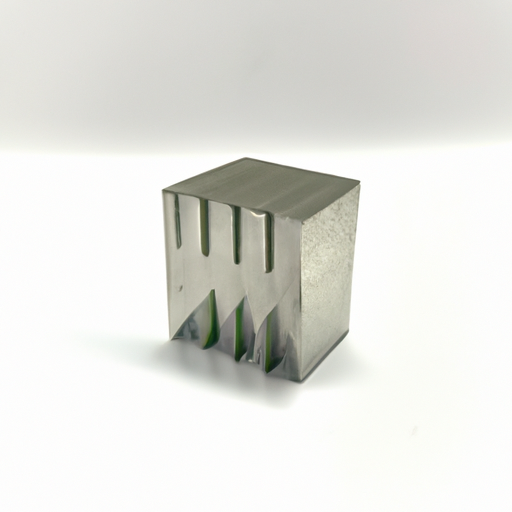MM74HC240N Accelerometers highlighting the core functional technology articles and application development cases of Accelerometers that are effective.
Overview of Accelerometers
Accelerometers are essential sensors that measure acceleration forces, which can be static (like gravity) or dynamic (caused by movement or vibrations). They are widely used in various applications, from consumer electronics to industrial systems, due to their ability to provide real-time data on motion and orientation.
Core Functional Technology of Accelerometers
1. Basic Principle: Accelerometers operate based on the principle of measuring the change in velocity over time. They can detect both linear acceleration and gravitational forces.
| 2. Types of Accelerometers | |
| 1. Smartphones and Tablets | |
| 2. Automotive Industry | |
| 3. Wearable Devices | |
| 4. Industrial Applications | |
| 5. Robotics and Drones | |
| 6. Gaming and Virtual Reality |
3. Measurement Axes: Accelerometers can be designed to measure acceleration in one (single-axis), two (dual-axis), or three dimensions (tri-axis), allowing for versatile applications.
4. Output Signals: Accelerometers can provide either analog or digital outputs. Digital outputs are often communicated via protocols such as I2C or SPI, while analog outputs produce a voltage that is proportional to the measured acceleration.
5. Calibration and Sensitivity: Calibration is crucial for ensuring accurate readings. Sensitivity indicates how much the output changes in response to a unit of acceleration, which is vital for applications requiring precise measurements.
Application Development Cases
Conclusion
Accelerometers are versatile and vital sensors that significantly impact various industries and applications. Their ability to measure acceleration and provide real-time data enhances user experiences, improves safety, and enables advanced functionalities in modern technology. As technology continues to advance, the applications and capabilities of accelerometers are expected to expand, driving innovation in fields such as IoT, automotive, healthcare, and beyond.





